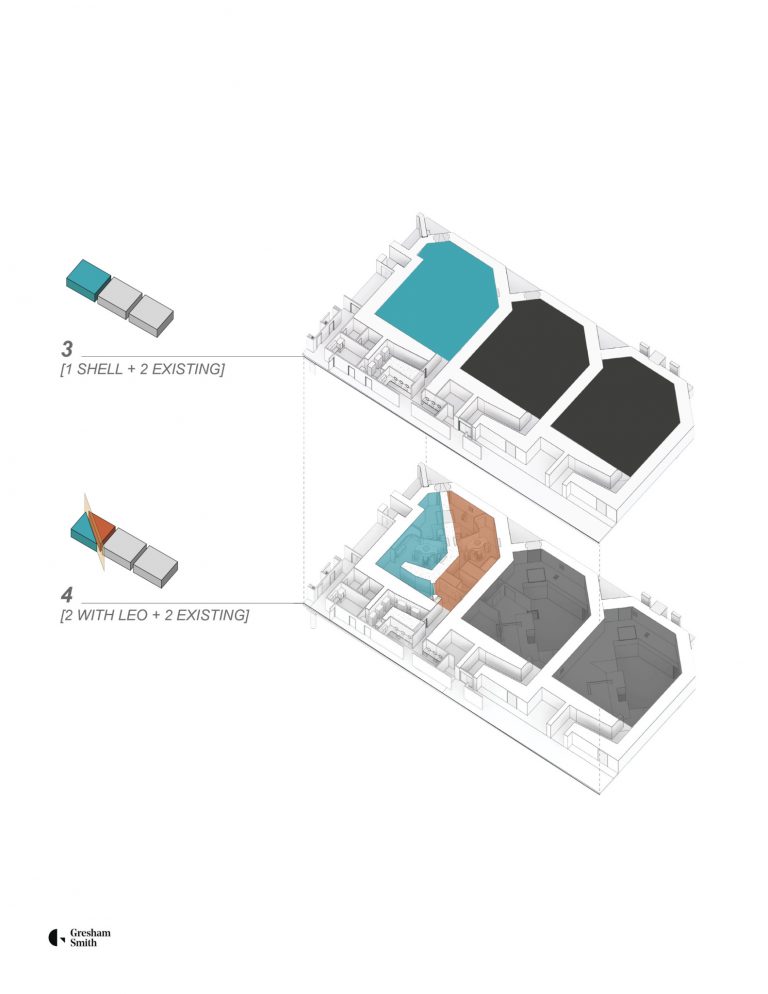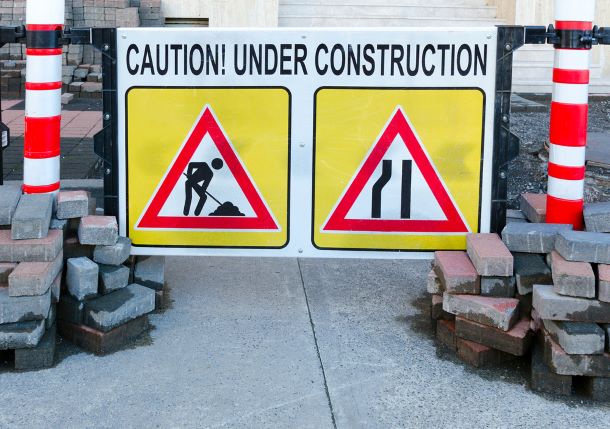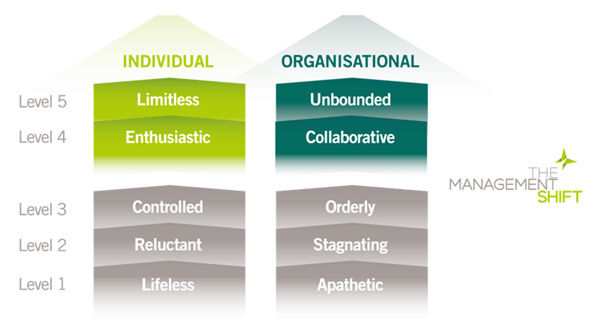4 triage design innovations for shorter wait times
At the start of the COVID-19 outbreak, I shared my insights about how Emergency Department (ED) design could respond to the needs of the patients, families, and healthcare workers on the frontlines of this acute, large-scale crisis. Two years later, as we transition from pandemic to endemic reality, it’s time to refocus on triage, one…







